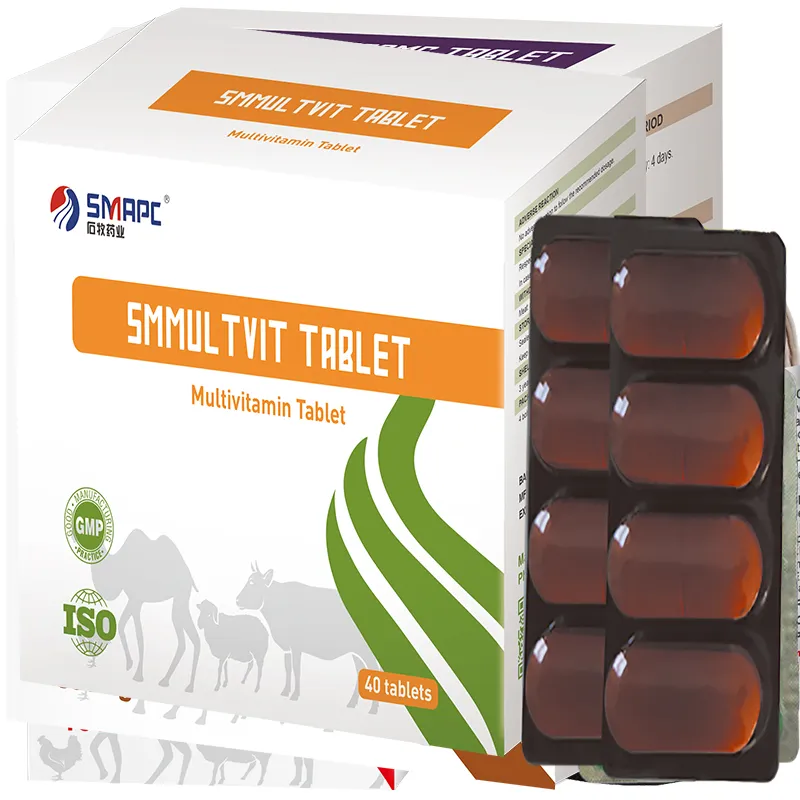Vitamin paste is a nutritional supplement designed specifically for cats, particularly young ones like kittens. It typically contains essential vitamins, minerals, and amino acids that contribute to a healthy and balanced diet. The paste is usually flavored to be palatable for cats, making it easy to administer and enjoyable for them to consume. Many brands include ingredients like omega fatty acids, taurine, and various vitamins that are crucial for a kitten's development.










